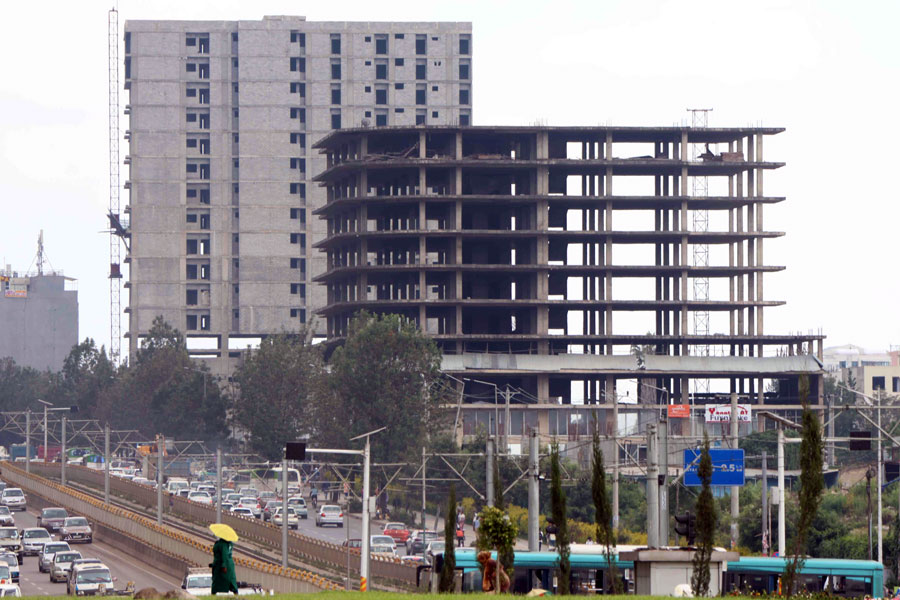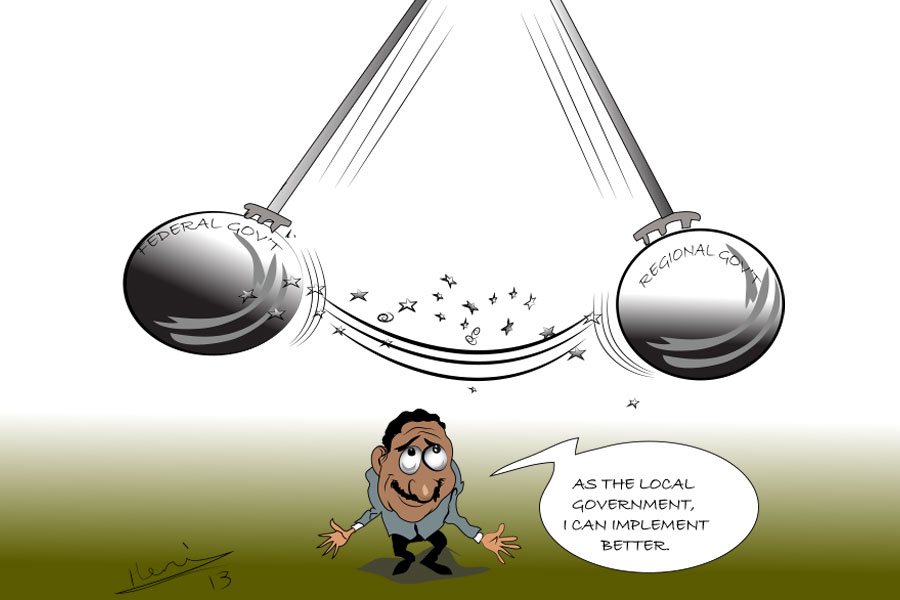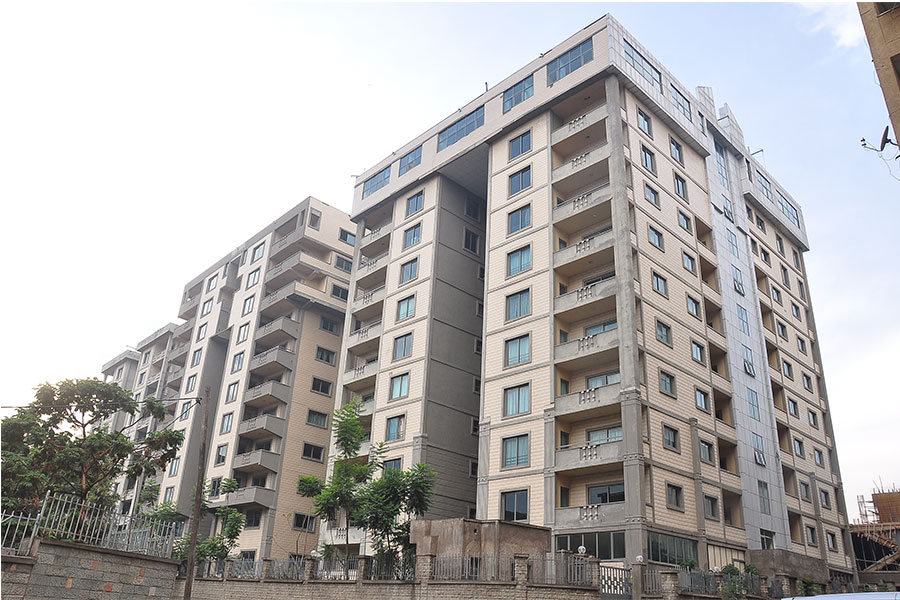
Radar | Dec 08,2024
It was just a little while ago that I stood in front of my house to go out for a walk that an old man in his early 80s approached me. Surprisingly agile for his age, leaving his nose out and covering only his mouth with a face mask, he asked if I knew a friend of his that was supposed to be residing in the neighbourhood.
I courteously told him that I had no idea. Then he took out his mobile phone and made a call to someone to assist him. The person on the other line was put on loud speaker, and no matter the references he was talking about, I had no idea. It was not only that I could not locate any of the places he was mentioning, I could not even reference where my house is located with a place name he knew.
It was my own home, which I moved into over a decade ago!
It was unfortunate, but I was determined to help. The phone was open and on loud speaker. I led the old gentleman to persons well-versed in the nooks and crannies of our town. After a number of tries, we were able to find a man that knew of the resident in question and the location of his house. The Good Samaritan was elaborate, detailing the alleyways and turns and shifts. The old man had drifted too far off from his destination by that point and had to walk long to reach the place. It was a relief that, in the end, he found his path.
But the incident was a showcase of what is slipping from our hands, the sense of neighbourhood. Indeed, the old man was looking for his ex-neighbour and wanted to be by his side in his hour of bereavement.
I went back in time to the neighbourhood I hailed from, reminiscing about how closely I knew not only the houses and the inhabitants but the sense of community that existed. One could hear banter, humour and street slang. Of course, this old man would have never gotten lost had he walked into that neighbourhood in those good old days.
What was engaging about those neighbourhoods were the quirky characters that give colour to the community. These people are now endangered species. In fact, they are so hard to come by, they now live their twilight years as sensations on social media.
Emama Zinash comes to mind. She is the emblem of the new kind of neighbourhood our digital age has brought us. Just only some months back, she was all alone in a ramshackle dwelling, stricken by the loss of her only son.
Shriveled, toothless and feeble, with deep wrinkles carving a map of her life, she is now a sensation throughout the digital social media, including among the diaspora. Several videos of her, getting in kind support or just telling stories, are posted on YouTube and boast hundreds of thousands of views.
Her twinkling eyes, for her age-thick white hair with her beaming grins are loved, as are her complaints about her aches, which are her constant companions. Most of the times she draws a smile and has the same effect on viewers.
She is a gifted storyteller, with beginnings, middle and an end, with complex characters as well as a plot that pulls together a turnaround of fortune and memorable lessons of wisdom. Her stories are charming, visual and character-driven –getting viewers to become drawn into her narrative and the digital neighbourhood of today.
She is more importantly an icon of the many stories yet to be written or told through our global neighbourhood. With all the promises and the powers of digital social media to be a neighbourhood care home, to provide a sense of community that has been lost as towns were transformed. But the new neighbourhoods are broader, more inclusive and easier to get around.
Interestingly, they are also spaces where we share a great deal more about one another. Thanks to these digital conceptions, we are more than neighbours –an extended family.
PUBLISHED ON
Nov 07,2020 [ VOL
21 , NO
1071]


Radar | Dec 08,2024

Fortune News | Mar 06,2021

Fortune News | Jun 08,2025

Agenda | Oct 20,2024

Editorial | Aug 07,2021

Fortune News | Jan 29,2022

View From Arada | Oct 02,2021

My Opinion | Apr 09,2023

Fortune News | Feb 09,2019

Featured | Apr 26,2019

Dec 22 , 2024 . By TIZITA SHEWAFERAW
Charged with transforming colossal state-owned enterprises into modern and competitiv...

Aug 18 , 2024 . By AKSAH ITALO
Although predictable Yonas Zerihun's job in the ride-hailing service is not immune to...

Jul 28 , 2024 . By TIZITA SHEWAFERAW
Unhabitual, perhaps too many, Samuel Gebreyohannes, 38, used to occasionally enjoy a couple of beers at breakfast. However, he recently swit...

Jul 13 , 2024 . By AKSAH ITALO
Investors who rely on tractors, trucks, and field vehicles for commuting, transporting commodities, and f...

Oct 11 , 2025
Ladislas Farago, a roving Associated Press (AP) correspondent, arrived in Ethiopia in...

Oct 4 , 2025
Eyob Tekalegn (PhD) had been in the Governor's chair for only weeks when, on Septembe...

Sep 27 , 2025
Four years into an experiment with “shock therapy” in education, the national moo...

Sep 20 , 2025
Getachew Reda's return to the national stage was always going to stir attention. Once...